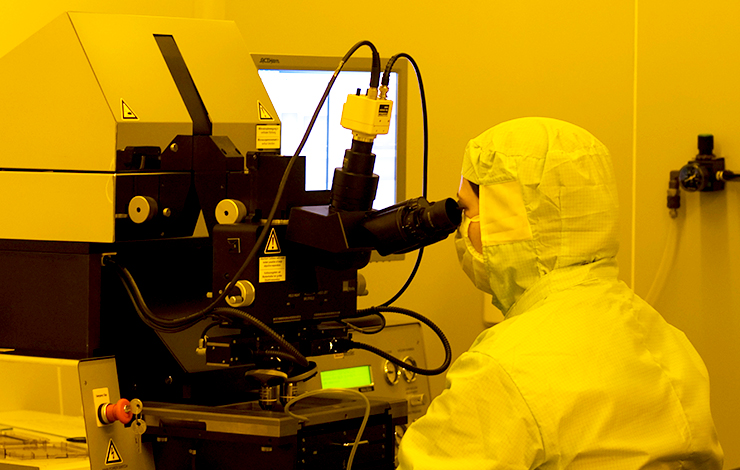


A thermalization energy analysis of the threshold voltage shift in amorphous indium gallium zinc oxide thin film transistors under positive gate bias stress
| Title | A thermalization energy analysis of the threshold voltage shift in amorphous indium gallium zinc oxide thin film transistors under positive gate bias stress |
| Publication Type | Journal Article |
| Year of Publication | 2016 |
| Authors | Niang KM a, Barquinha PMC b, Martins RFP b, Cobb B c, Powell MJ d, Flewitt AJ a |
| Journal | Applied Physics Letters |
| Volume | 108 |
| ISSN | 00036951 |
| Keywords | Amorphous films, Amorphous indium gallium zinc oxides (a igzo), Amorphous semiconductors, Amorphous-indium gallium zinc oxides, Bias voltage, Computer circuits, Defects, Escape frequencies, Gallium, Indium, Oxygen vacancies, Oxygen vacancy defects, Positive gate bias, Reconfigurable hardware, Semiconducting indium compounds, Temperature distribution, Thin film transistors, Thin films, Thin-film transistor (TFTs), Threshold voltage, Threshold voltage shifts, Time and temperature dependence, Vacancies, Zinc, Zinc oxide |
| Abstract | Thin film transistors (TFTs) employing an amorphous indium gallium zinc oxide (a-IGZO) channel layer exhibit a positive shift in the threshold voltage under the application of positive gate bias stress (PBS). The time and temperature dependence of the threshold voltage shift was measured and analysed using the thermalization energy concept. The peak energy barrier to defect conversion is extracted to be 0.75 eV and the attempt-to-escape frequency is extracted to be 107 s-1. These values are in remarkable agreement with measurements in a-IGZO TFTs under negative gate bias illumination stress (NBIS) reported recently (Flewitt and Powell, J. Appl. Phys. 115, 134501 (2014)). This suggests that the same physical process is responsible for both PBS and NBIS, and supports the oxygen vacancy defect migration model that the authors have previously proposed. © 2016 AIP Publishing LLC. |
| URL | https://www.scopus.com/inward/record.uri?eid=2-s2.0-84960156514&doi=10.1063%2f1.4943249&partnerID=40&md5=3c7eaf3de8b8645f9c7c4e542302bf40 |
| DOI | 10.1063/1.4943249 |








